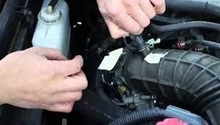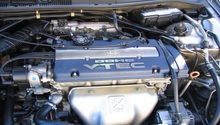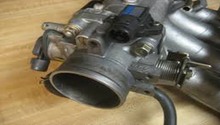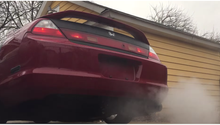Honda Accord: Why Won't My Engine Rev Above 4,000 RPM?
This article will discuss why your Honda Accord continues to rev at low RPM, and which road to take to resolve the issue.
This article applies to the Honda Accord (1990-2002).
Many motoring experts dissuade car owners from excessively revving their cars as it can result in engine damage. This is especially so when the car is stationary. However, there are instances where by revving your car, you can also detect impending or ongoing mechanical problems. As a result, you will be able to address them in advance. This article will explore the possible causes as to why your Honda Accord may rev at lower RPM, and some possible solutions for fixing it.
Step 1 – Check the fuel level
The Honda Accord has an electric control unit (ECU) that basically acts as the car's computer. It controls the idling speed, ignition timing, and air/fuel ratio. So when the ECU senses that your fuel tank is empty, it cuts off fuel to the engine, which might allow excess air to enter the combustion chamber. This disproportionate air/fuel mixture would then result in an engine misfire.
Additionally, fuel flow can be low if the fuel filter is dirty or clogged, which would result in lower RPM from a lack of engine power. An upside is, the ECU initiates the fuel cut-off function if the Accord's engine is revved out of gear to halt costly engine damages, providing a signal that something may be wrong with the fuel system.
If you notice the engine misfire or the fuel cuts off when you rev the engine out of gear, be sure to check the fuel level, fuel gauge, and the fuel filter. The fuel gauge should be working properly, and the fuel filter should be clean.

Step 2 – Check the mass airflow sensor and air filter
For the ECU to work effectively and create a proper fuel/air mixture, it also needs a mass airflow (MAF) sensor to measure the amount of air entering the engine. If the MAF sensor is dirty, you should notice a decline in fuel economy and power.
If your car also has a dirty air filter, an insufficient amount of air will enter the combustion chamber. Consequently, the ECU will again restrict the amount of fuel injected into the engine, and hinder the Honda Accord's optimal performance. Ultimately, if there's a low or disproportionate air and fuel supply, the engine won't rev beyond 4,000 RPM.
Clogged air filters have been shown to reduce your gas mileage by up to 20 percent. It is recommended to clean out or replace the air filter in your Accord. Also, inspect your MAF sensor for dirt and wear. Costs to fix this are $10 for MAF sensor cleaner, and $40 or more for a new performance air filter.

Step 3 – Check the ignition components
Faults within the components that trigger the ignition and combustion of spark plugs would prevent a high RPM. Therefore, poor ignition coils would lead to poor ignition timing and detonation.
The solution would be to change all the faulty components related to the ignition. That way, the combustion process continues to work properly, ensuring that engine power and function are not compromised. Once this has been repaired, the tachometer should give out a noticeably higher and normal RPM reading. Replacement ignition coils run anywhere from $30 to $100 each.
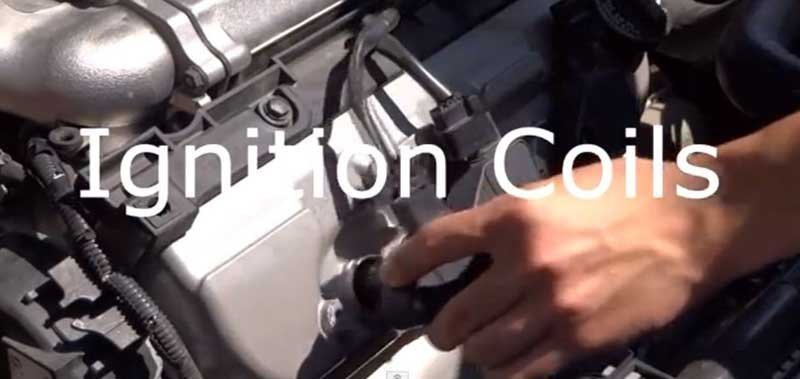
Step 4 – Check the timing belt
The engine's rubber timing belt controls or ensures that the camshaft is in sync, and properly timed with the opening as well as closing of valves for a smooth operation. This balance between the crankshaft and camshaft must be maintained to prevent the engine from vibrating or revving at low RPM. If the belt is timed badly, the crankshaft can also overheat and cause restrictive RPM. If the timing belt fails and the valves are left open, they will be struck by the pistons, which will result in costly engine damages.
If you feel a heavy vibration at low RPM, have the timing belt replaced or tweaked. It is suggested to change the timing belt after 60,000 to 90,000 miles. Labor costs for replacing the timing belt and additional timing components run upwards of $450. Replacing it yourself is less expensive, but would also require more automotive mechanical know-how.
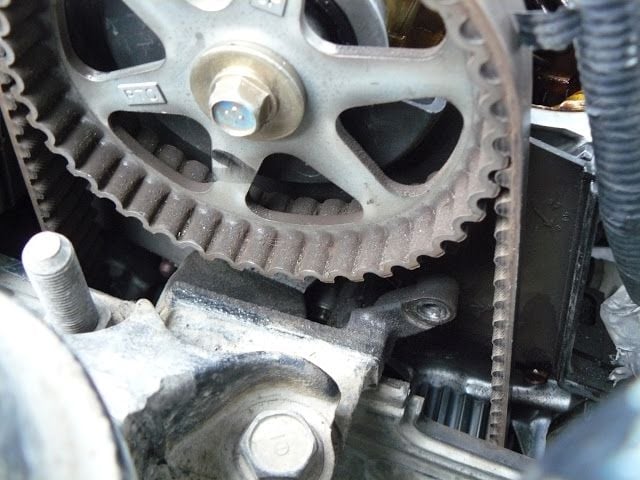
Related Discussions and Site
- Accord Won't Rev Above 5,000 RPM - Honda-Tech.com
- Honda Accord RPM Cut Off Problem - Honda-Tech.com
- Accord No Power at Low RPM - Honda-Tech.com
- 8 Main Causes of Bad Gas Mileage - CarsDirect.com

